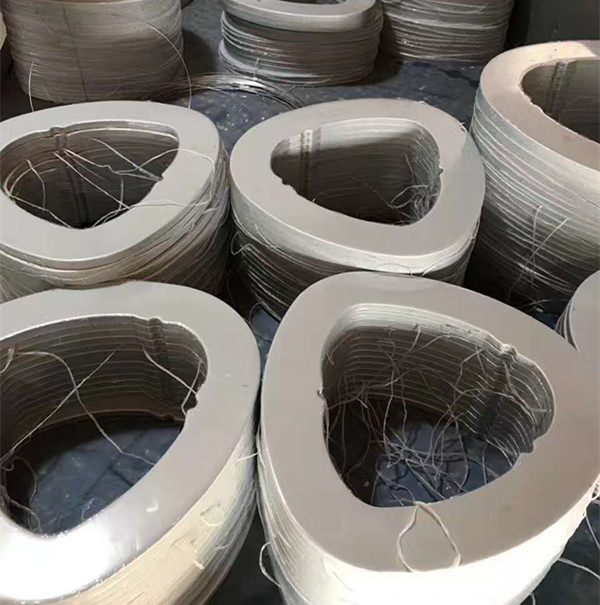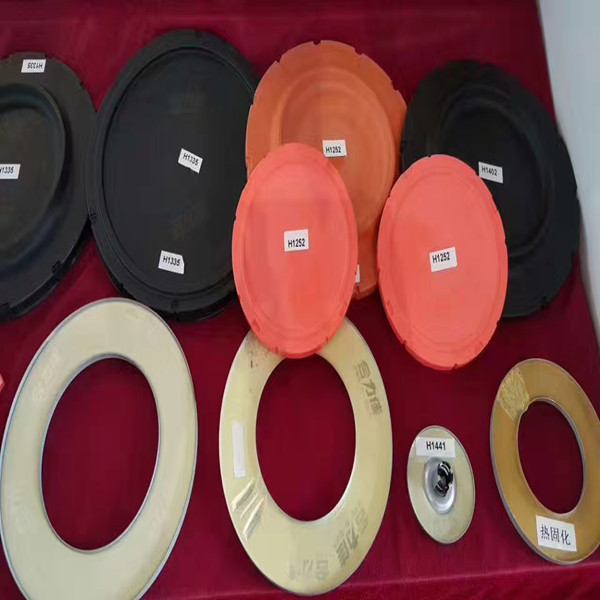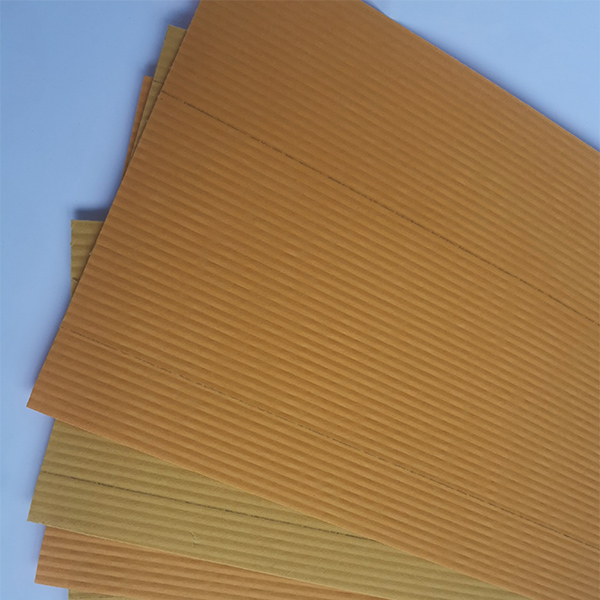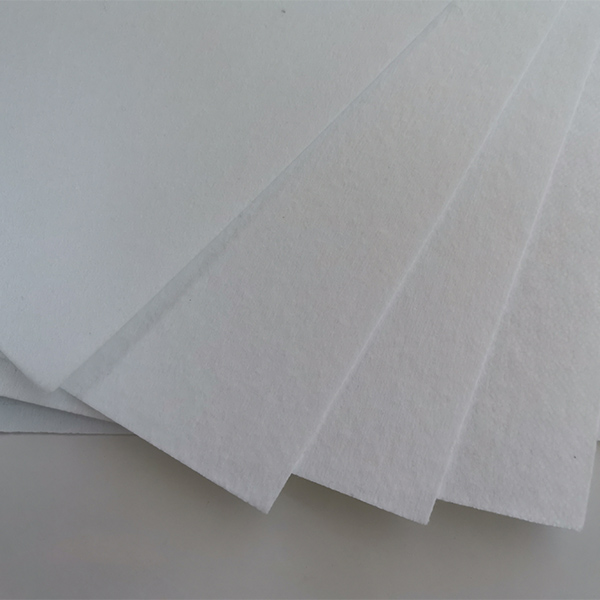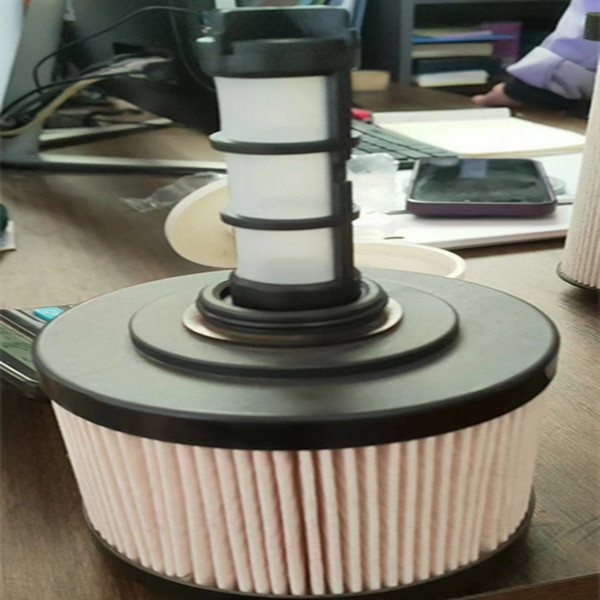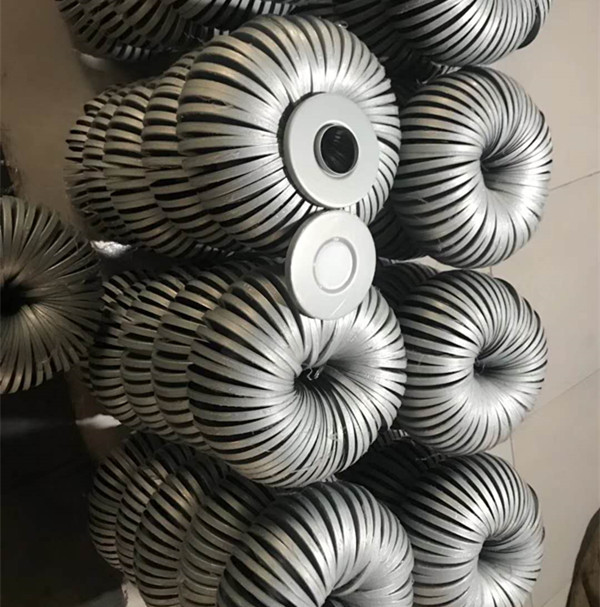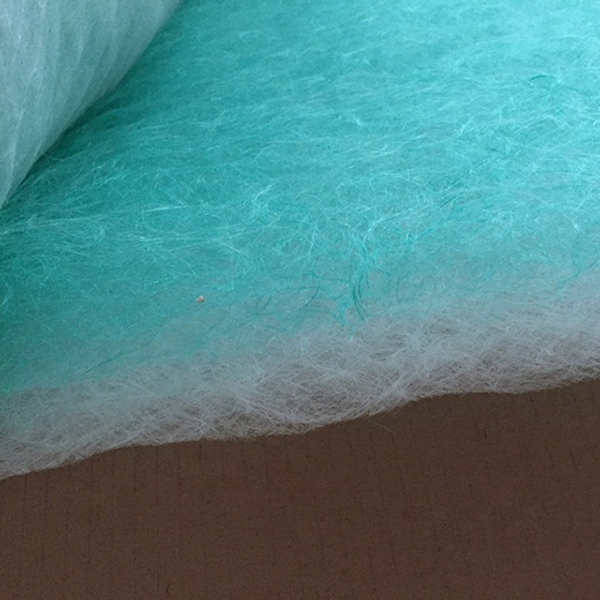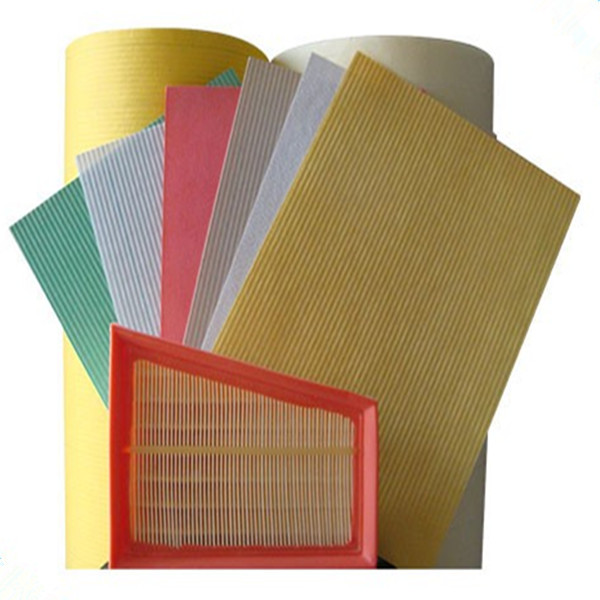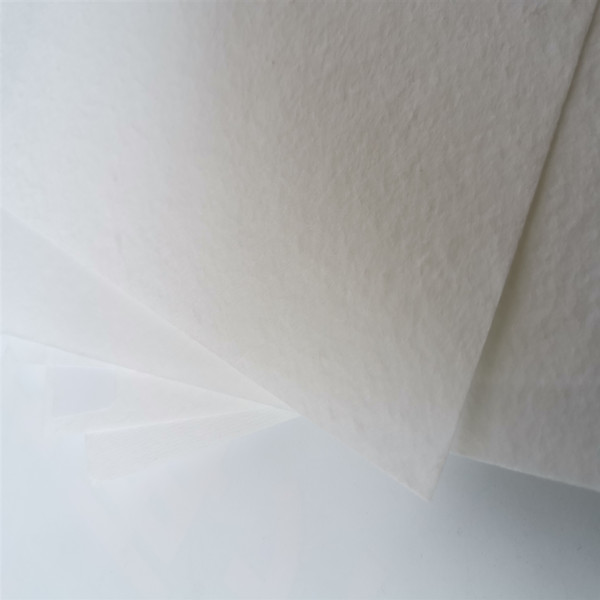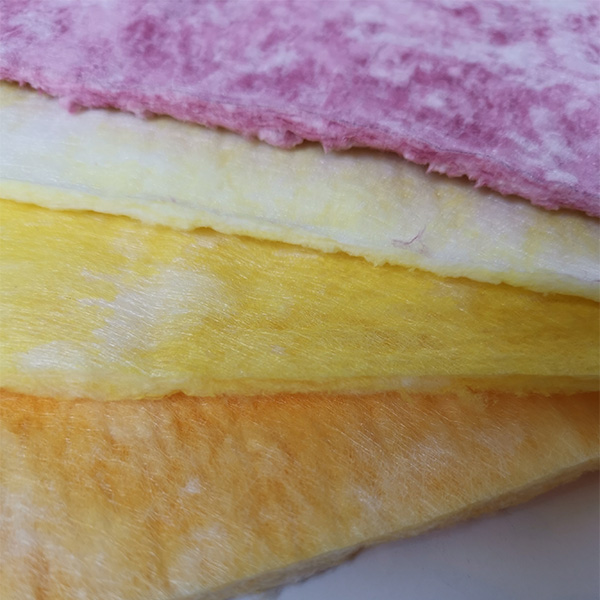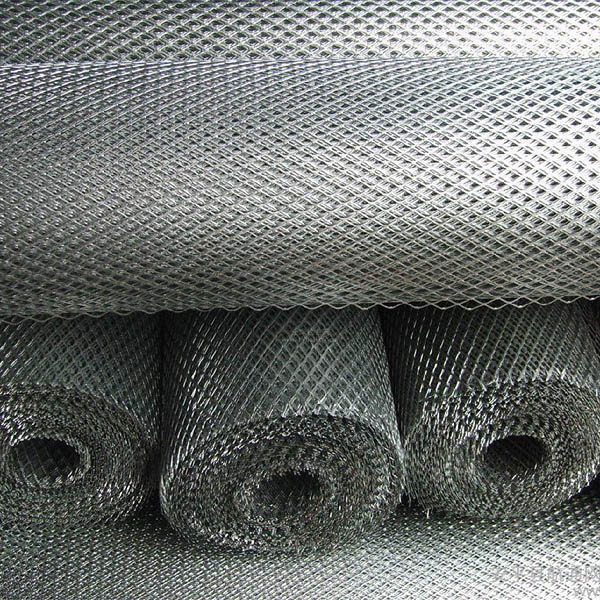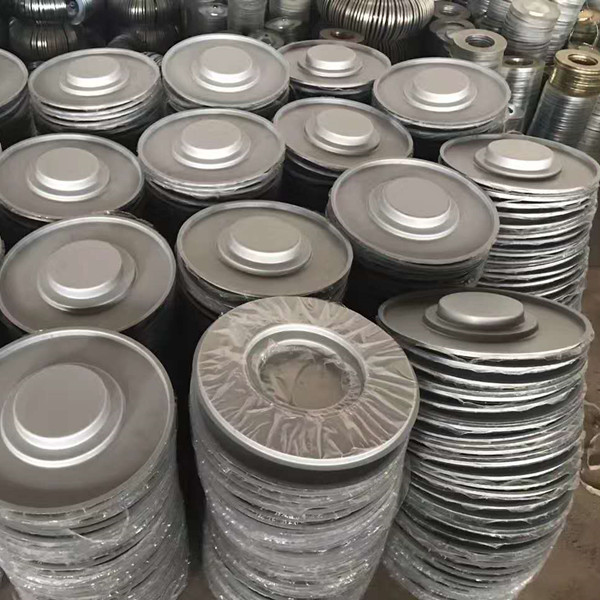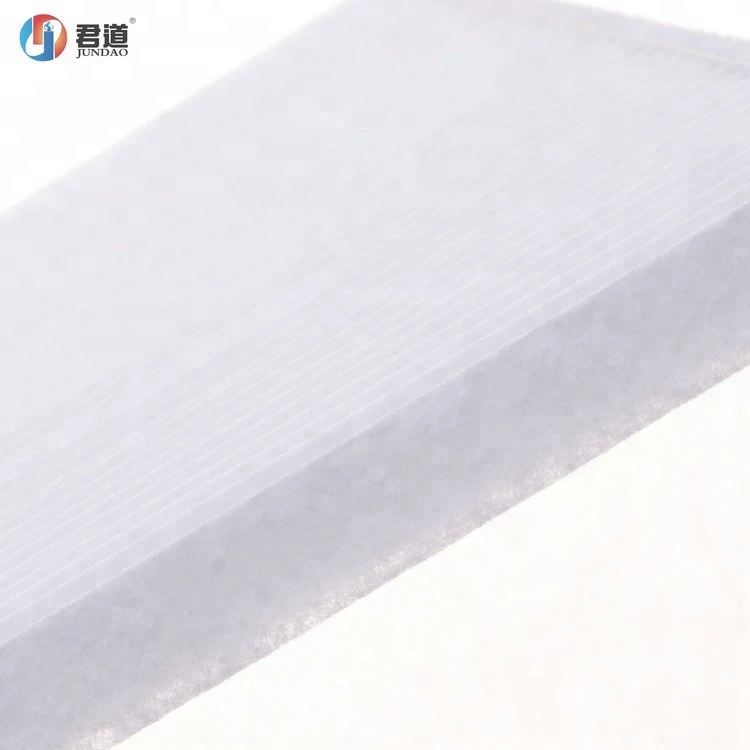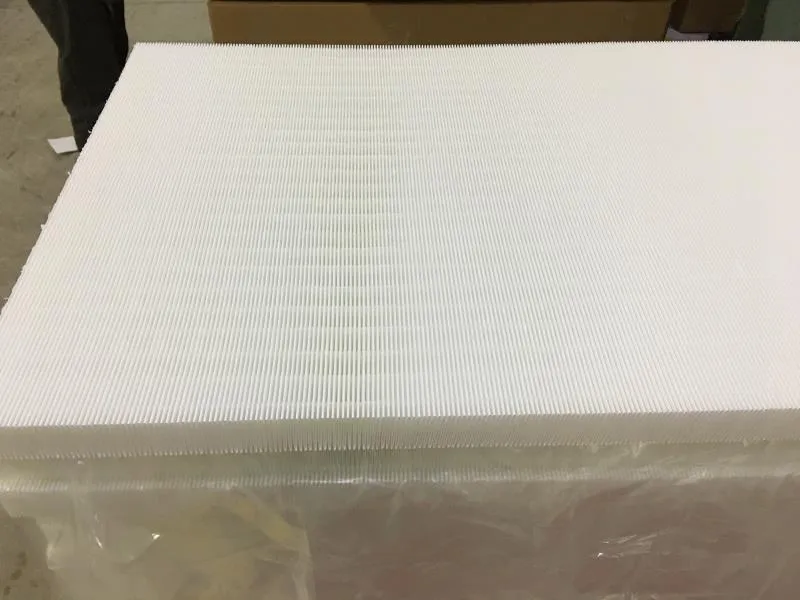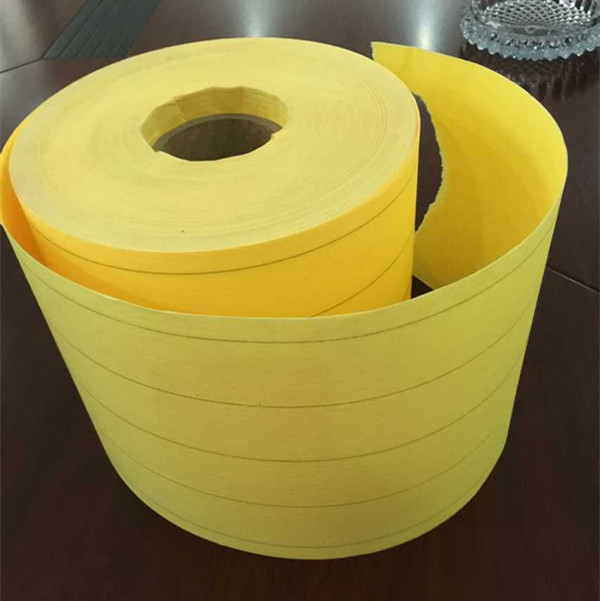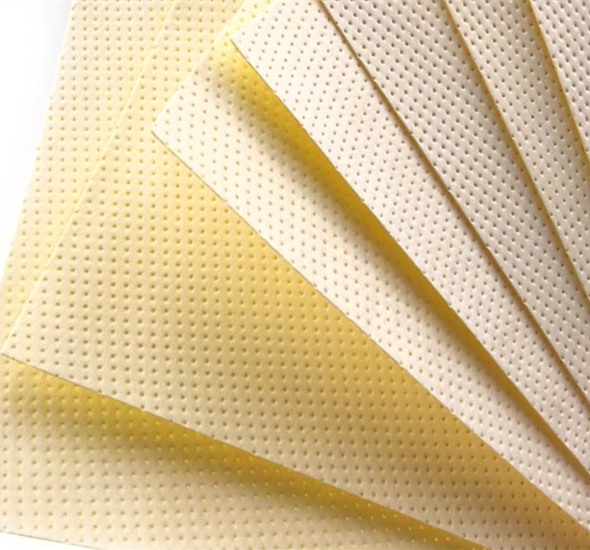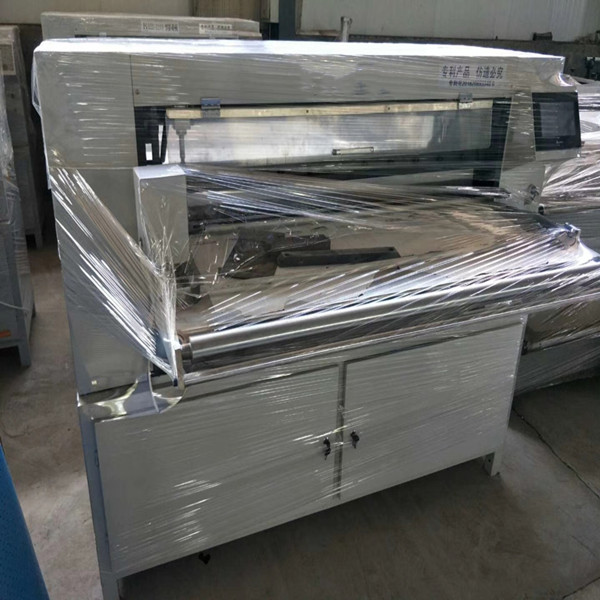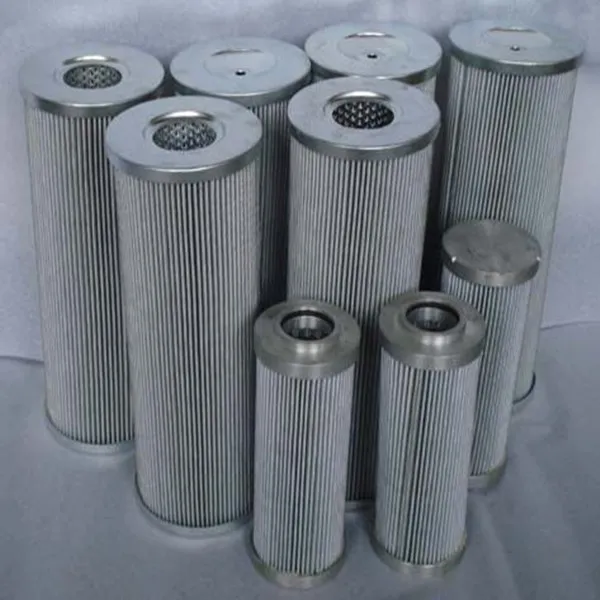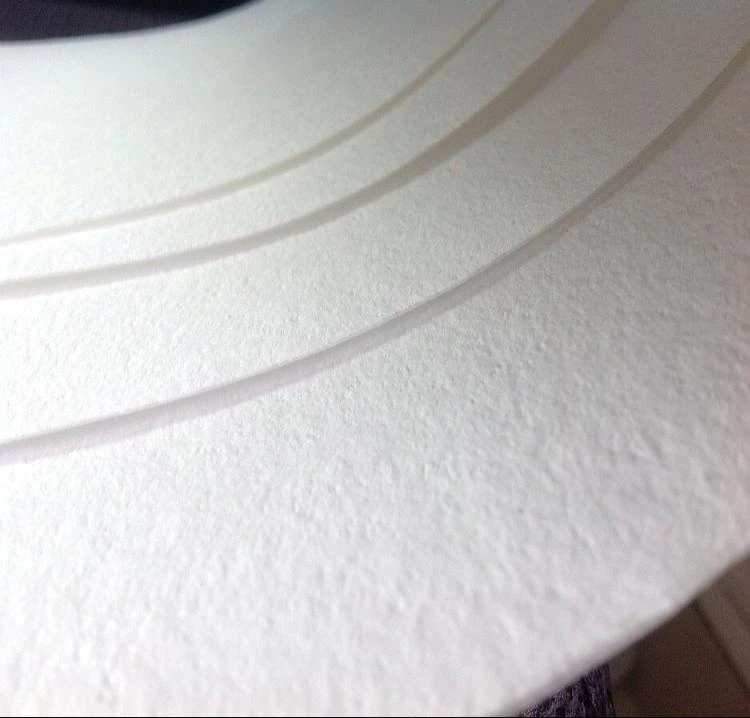In the era of deadly airborne viruses, air purification equipment has now shown various shapes and sizes. At last month’s Consumer Electronics Show CES, the company introduced a new portable air filter device for your bedside, cup holder, table top, meeting room, and even hanging around your neck. Although each of these devices can purify the air, the problem is that none of them can ventilate. Science increasingly shows that if you are serious about stopping the spread of the coronavirus, masks, social distancing and opening windows may do more than expensive electronic purification equipment.
Most air purifier designs use the same basic method. There is a filter and fan. The fan draws in and circulates air through the filter. The filters in these types of equipment are usually made of paper, fiber (usually glass fiber) or some type of net, which allows it to remove contaminants such as dust and pollen well, but cannot remove gas or less. particle. It is important to remember that the work efficiency claimed by the air purifier manufacturer is accurate after laboratory testing, but it is almost impossible to recreate the specific laboratory conditions. The location, installation, flow rate and running time of the purifier will greatly affect its working effect. Ventilation is usually a big problem. After the air is “purified”, the fan circulates it out, but the air is not ventilated to other areas of the space. Therefore, air purifiers often repeatedly purify the same air in their vicinity. The smaller the device, the greater the basic problem.
Kominote medikal la toujou pa sèten konbyen aparèy pou pirifye lè aktyèlman ede sispann pwopagasyon coronavirus la. Pa gen okenn dout ke yo ka ede moun ki soufri alèji epi yo te itilize pou anpil ane, men filtre detay yo nan ti patikil ki gen COVID-19 se pi difisil. Pa gen doktè ki di ke ekipman pou pirifye lè pòtab ka rezoud pwoblèm sa a. Ekspè yo rekòmande pou mete mask epi rete lwen sosyete a kòm premye liy defans. Li pi fasil pou asire patikil COVID-19 yo pa janm antre nan lè a pase pou filtre yo apre yo fin gaye. Sepandan, pifò ekipman pou pirifye lè a pa t mal sitiyasyon sa a.
More useful than filtration is to increase ventilation. Studies have shown that keeping the air “fresh” is one of the best ways to stop diffusion. Known as air change, the rate at which air is completely replaced in a space is a key indicator of the level of symbiosis risk. The more changes in the air, the better. Mayo Clinic professor and researcher Dr. Mark Ereth explained in our recent “Flexible Workplace” report how much air is needed to pass through a room to help eliminate ultrafine particles such as COVID-19. In an office building, there are several times an hour every three to six minutes,” he said. There is evidence that, with the aid of a central ventilation system, air purifiers increase the air exchange rate or volume. But open the windows is also like this.
Jis vle ba ou yon lide. Nan sal operasyon an, lè a chanje chak twa a sis minit, pandan y ap nan bilding biwo a, li chanje plizyè fwa pa èdtan.
“The most important thing to consider when buying an air filter is whether the space you want to use in it already has good ventilation-then the air filter won’t increase too much,” Dr. Shelly Miller, an environmental expert, Colorado An engineer at the University of Boulder told Webmd that his research focuses on the spread of airborne diseases.
Pou egzak, li difisil pou etidye ki jan yo louvri yon fenèt pou chanje vantilasyon. Airflow la nan yon espas andedan kay la difisil pou modèl oswa menm predi. Pi bon modèl bilding nan mond lan difisil pou rezoud pwoblèm ouvèti fenèt la paske sistèm koule lè a tèlman konplike. Dilye lè andedan kay la ki ka genyen COVID-19 ak lè deyò san viris ap diminye konsantrasyon viris la nan lè a, kidonk diminye chans pou enfeksyon. Chèchè yo toujou ap lite pou chèche konnen ki kantite vantilasyon ak ki kalite ki pi bon. Tou senpleman pa gen ase konsansis nan kominote medikal la.
Columbia University virologist Angela Rasmussen told Vox: “There is no perfect “safe” level of ventilation because we actually don’t know what “safe” is because we don’t know how much exposure will cause spread.”
Pa gen tout repons yo pa ideyal, men li pi bon pase pretann yo gen repons. Lè ou onèt sou sa ki ka travay oswa ki pa ka ede moun fè pi bon chwa pèsonèl sou fason pou yo rete an sekirite. Tankou anpil tèt ki gen rapò ak lè purifikateur, tèt yo pa fè sa. Nan pi bon, yo ka fè erè pou yon sans de sekirite. Nan ka ki pi mal la, ionize, dèlko plasma ak presipitè elektwostatik ka pwodui danje pozitif. Aparèy sa yo chaje patikil yo pou yo kole sou sifas la olye pou yo flote nan lè a, kidonk pwodwi ozòn kòm yon byproduct.
ASHRAE, a professional association that specializes in setting standards for ventilation and air-conditioning, said that when using equipment that may generate large amounts of ozone (respiratory tract irritant) as a by-product of its operation, “must be extra careful.” HEPA and ASHRAE recommend avoiding the use of any air purification devices that produce ozone as a by-product of cleaning indoor air in living spaces.
Pi bon pratik pou lè pwòp vire toutotou vantilasyon. Nan yon biwo modèn, ouvèti fenèt yo ka pa posib pou plizyè rezon. Anjeneral, fenèt yo pa ka louvri ditou. Nan ka sa a, ou ka asire itilizasyon bon jan kalite aparèy filtraj lè. Depi lè filtraj ki pa ozòn ki baze sou pa pwodui efè segondè danjere, dezavantaj yo sèlman nan ekipman filtraj lè pòtab yo se pri ak bri. To transfè lè pwòp (CADR) nan yon aparèy di ou pi fò nan efikasite li yo. Rating sa a pran an kont efikasite nan filtè a ak pouvwa a nan fanatik la pou detèmine konbyen lè ap koule nan filtè a. Plis CADR la pi wo, se pi gwo espas pou pirifye a. Achte bon ekipman se sèlman pou detèmine bon gwosè chanm. Sonje byen, pi gwo aparèy la, pi fò fanatik la ap sikile lè a, ak son an pi fò. Nan yon anviwònman biwo, yo dwe konsidere anpil bri. Pri a nan yon bon jan kalite HEPA lè purifikateur kòmanse nan alantou $ 200, ak pri li yo ogmante kòm nivo CADR ogmante. Gen kèk moun ki menm konstwi pwòp lè purifikateur yo lè yo mare filtè MERV ak fanatik bwat pou mwens pase $30.
Lè w ap fè fas ak ekipman ki gen kondisyon medikal, li toujou enpòtan pou separe reyalite ak fiksyon ak benefisye de maketing. Manifaktirè pwodwi ki espere pwofite gwo demann pou ekipman mitigasyon COVID-19 te inonde mache a ak ekipman pou pirifye lè pòtab. Ekspè yo kwè ke ekipman bon jan kalite yo pral sètènman pa gen mal. Li se tout bon posib fè purifikateur lè pa depanse dè santèn oswa menm dè milye de dola sou ekipman pou pirifye lè, men nou pa janm ka konnen konbyen. Yon repons pi bon se mete yon mask, epi si sa posib, louvri fenèt la.
Propmodo eksplike ak defini tandans pou pwofesyonèl byen imobilye komèsyal nan konbine nouvèl, rechèch, evènman ak sèvis maketing.
• We believe that the future will be defined by leaders who understand the general environment of the real estate industry.
• We believe that the commercial future of real estate lies at the intersection of technology and marketing.
• We believe that the creative future of real estate lies in the intersection of user experience and design.
Tan poste: Mar-16-2021

